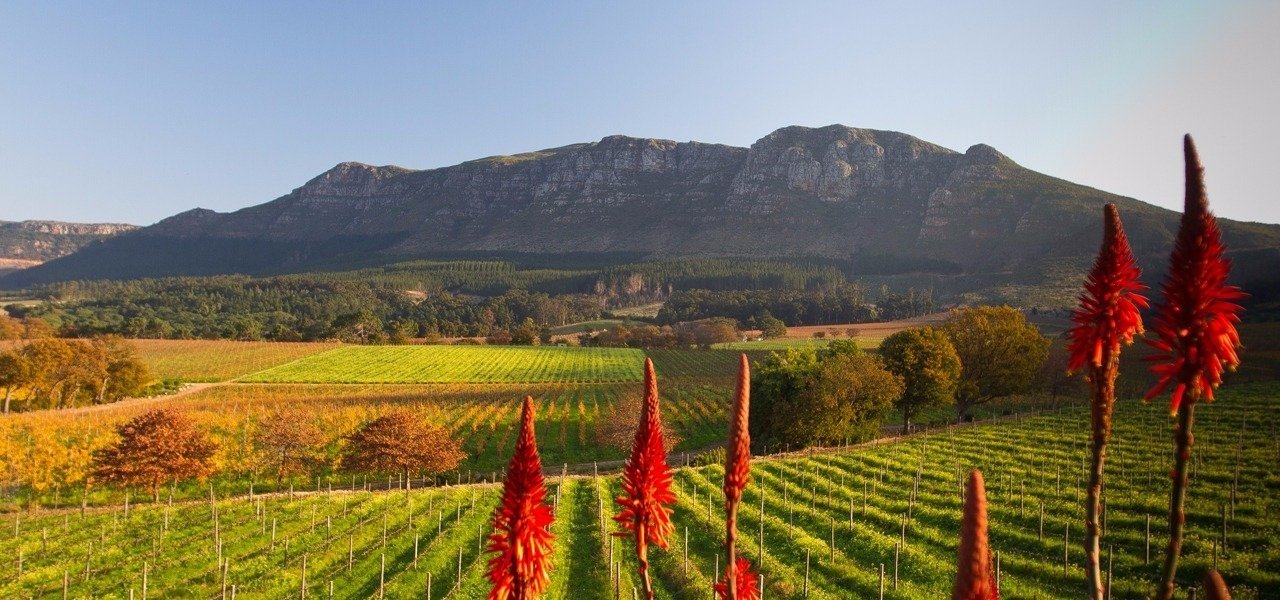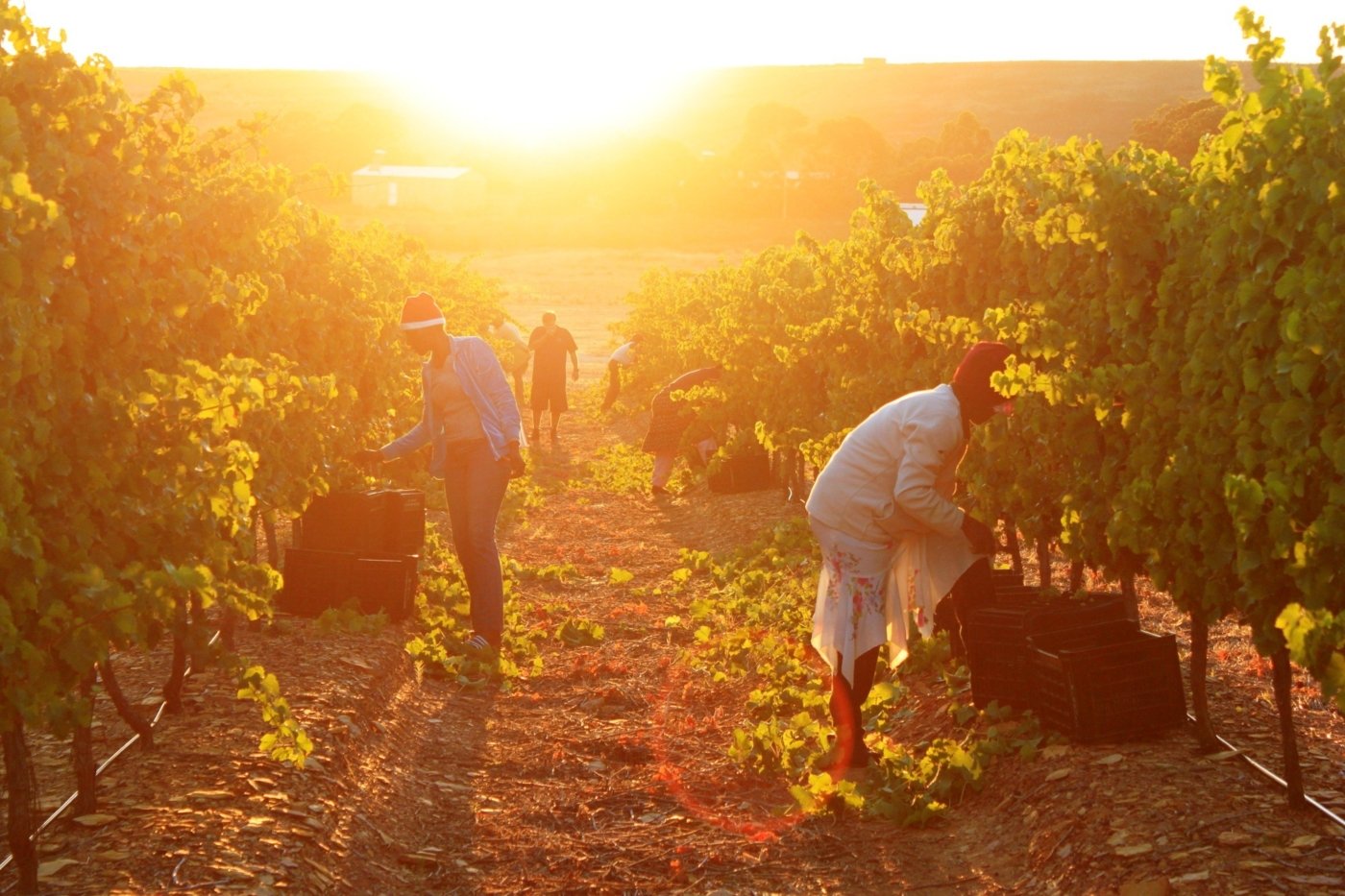South African Wine regions
The South African wine regions (also known as “winelands”) are some of the most breathtakingly beautiful in the world. Most of the Cape's 18 official wine routes -and two brandy routes- are within an hour’s drive from Cape Town, which makes them easily accessible to visitors who fly in or out from the country’s legislative capital city. Get ready: the South African winelands are memorable -breathtaking landscapes, azure waters, wild flora and fauna, imposing mountain ranges and gorgeous vineyards and wineries await.
Stellenbosch
Stellenbosch is the country’s second oldest town and, undoubtedly, it is South Africa’s wine capital. The Stellenbosch winelands are less than 30 minutes away from the Cape Town International Airport, on the southern tip of the African continent: a vibrant region with acclaimed wines, mouth-watering food and world-class accommodation.
The Stellenbosch Wine Route was launched in 1971, which marks the start of wine tourism in the country. Nowadays, this South African wine region gives you the opportunity to admire some of the finest examples of Cape Dutch architecture, taste award winning olive oils and organic vinegars, enjoy some formidable blended red wines, visit historic estates as well as modern wineries… In short: visit Stellenbosch to immerse yourself in South African winemaking.
Constantia
Constantia is the cradle of winemaking in the Cape, as it is where the once world-famous Constantia dessert wines originated in the 17th century.
This historic valley lies on the southern slopes of the Table Mountain range and its world-renowned Floral Kingdom. Its cool climate makes it ideal for the production of white wines, notably Sauvignon Blanc.
Franschhoek
Only 45 minutes from Cape Town, the district of Franschhoek will surprise you with its French-named farms, Cape Dutch homesteads, imposing oaks and rolling vineyards. The country’s culinary capital, is a must-see South African wine region, with its wealth of culture and history and memorable dining experiences.
The South African winelands have plenty of fine wine, delicious world-class cuisine, historic homesteads, breath-taking natural reserves, and wild fauna and flora to amaze you with. Where will you stop first?
If you're interested in one of our South Africa Wine Tours, please visit this link.








